One ordinary morning, you’re catching up with a friend over coffee in Brisbane. As she smiles, you notice a tiny chip on her tooth and a bit of staining. It’s a small detail, but it gets you wondering if something like veneers could fix that.
“Ever thought about veneers?” you joke. She laughs it off, but the thought lingers. Dental veneers are everywhere these days, promising perfect smiles. But can they really close gaps, mask chips, or erase stains? Let’s dive into what veneers are, how they work in Brisbane, and whether they can tackle the issues you care about.
What Are Dental Veneers?
Veneers are wafer-thin shells bonded onto the front of teeth. Think of them like ultra-thin ceramic stickers for your smile. Typically made of porcelain or tooth-colored composite resin, a veneer hides the tooth behind it.
The Australian Government’s Healthdirect explains it simply: veneers are “thin layers of material that cover the front of your teeth”. Similarly, Teeth.org.au describes a veneer as “a thin shell of porcelain or white filling material… glued to the front surface of the tooth”.
You can have a veneer on just one tooth or several in a row, depending on your needs. Because veneers are so delicate, usually only a tiny amount of enamel needs to be removed – often no more than a fraction of a millimeter. Once bonded, they become permanent fixtures. In effect, the veneer becomes your tooth’s new façade, matching the colour of your other teeth for a seamless look.
What Can Veneers Fix: Gaps, Chips & Discolouration
So, what smile flaws do veneers actually solve? The short answer: most of the common cosmetic issues.
- Gaps between teeth: If you have a small gap between front teeth (and the rest of your bite is fine), a veneer on one tooth can literally “fill” the space. As Teeth.org.au notes, veneers can close minor gaps between front teeth.
- Chips & cracks: A tiny chip on a front tooth? A veneer can cover and reshape it. Healthdirect specifically lists “chipped or slightly broken” teeth as a situation where veneers can help. Essentially, the veneer replaces the missing porcelain at the edge of the tooth.
- Stains & discolouration: Some stains just won’t budge with whitening. Veneers act like an instant cosmetic fix: the veneer’s front surface is pre-whitened, so it hides any yellow or grey underneath. Healthdirect confirms veneers are useful if your teeth are “discoloured or stained”.
- Crooked or odd-shaped teeth: If a tooth is just a bit out of line or oddly shaped, a veneer can mask that. It adds a perfectly shaped front surface so the tooth appears straighter or more even. Healthdirect even mentions veneers for “a bit crooked” or “oddly shaped” teeth.
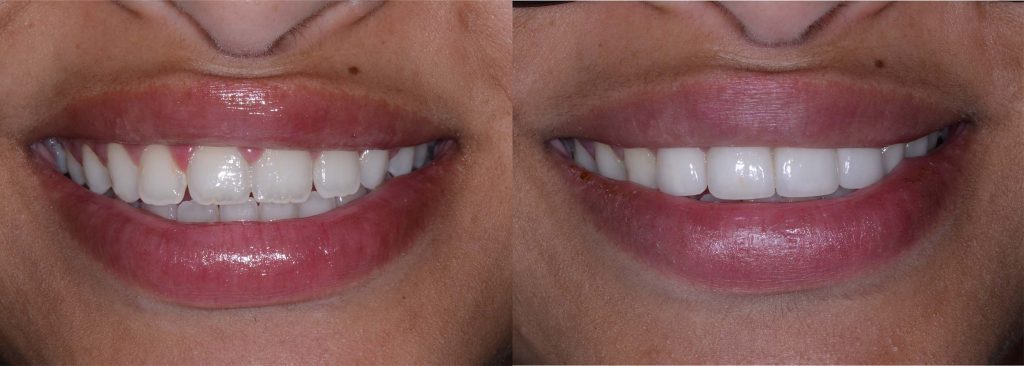
Often you only need one veneer for these fixes. In the example above, the left image shows the shiny porcelain veneer; the right image shows the same tooth before – discoloured and chipped. Voilà, instant smile makeover! Of course, veneers are cosmetic.
They won’t straighten a severely misaligned bite – braces or aligners would be needed for that. But for those chips, gaps and stubborn stains, veneers are a go-to solution.
Types of Veneers: Porcelain vs Composite
Not all veneers are the same. The two main types are porcelain veneers and composite resin veneers. Here’s how they compare:
| Feature | Porcelain Veneers | Composite Resin Veneers |
|---|---|---|
| Appearance | Extremely natural, glossy, and highly stain-resistant (nearly indistinguishable from real enamel). | Good at first, but may dull or pick up stains over time. Often less lustrous than porcelain. |
| Cost (per tooth) | Higher (often around $1,000–$1,500 in Australia). | Lower (often a few hundred dollars). |
| Treatment Time | Typically 2+ visits (dentist takes an impression or digital scan; a lab crafts the veneers, then they’re bonded later). Some modern Brisbane clinics use 3D CAD/CAM (CEREC) tech for same-day veneers. | Usually one visit. The dentist applies and sculpts the resin directly on the tooth in layers. |
| Lifespan | Long-lasting: roughly 10–15 years (sometimes more with great care). | Shorter: around 5–7 years on average, but easily touch-upable. |
| Durability | Very strong and chip-resistant. | Less durable; more prone to chips or wear. |
| Enamel Removal | Minimal (a thin slice of enamel is polished away). | Even less – sometimes almost no shaving is needed. |
| Repair | A chipped porcelain veneer usually needs full replacement. | Chipped composite can often be repaired in-chair. |
| Stain over time | Very stain-resistant (won’t discolor once bonded). | Can stain or discolor over time (may need occasional polishing or replacement). |
Both are minimally invasive compared to crowns. Healthdirect emphasises that veneers are so thin “not much of your natural tooth will need to be removed”. Which type is right for you depends on budget and goals. Porcelain costs more but looks ultra-realistic and lasts longer. Composite is quicker and cheaper, but may need refreshers down the line.
Getting Veneers in Brisbane: Procedure and Care
In Brisbane (and anywhere, really), getting veneers usually takes a few steps:
- Consultation: First, you’ll talk with your dentist about what you want. They’ll check that your teeth and gums are healthy and measure your bite. If there are cavities or gum issues, those are fixed first.
- Impressions/Scan: For porcelain veneers, your dentist will take either a traditional impression (a tray with putty) or a digital 3D scan of your teeth. This model is sent to a lab where the veneers are custom-made. (In labs with fancy tech like CEREC, the dentist can do the scan and even mill the veneers in-house, cutting wait time.) You might get temporary veneers placed if the teeth need any reshaping.
- Fitting: Once the veneers are ready (often 1–2 weeks later), you return for bonding. The dentist will clean your tooth, apply a bit of etching gel to help adhesion, then brush on dental cement and position the veneer. A special light hardens the cement. Before you leave, the dentist adjusts the fit and polish.
- Single-Visit Option: If you choose composite veneers (dental bonding), it usually all happens in one visit. The dentist layers the resin onto your tooth, sculpts the shape, then hardens it with a curing light. You watch your smile transform in real time.
After placement, take care of your new smile. Veneers themselves don’t decay, but the underlying teeth can. Healthdirect reminds us that “teeth with veneers need to be well cared for to help them last as long as possible”. So keep up your routine – brush twice daily with fluoride toothpaste and floss every day.
Regular dental check-ups are a must (your dentist will check that veneers and gums are healthy). Wear a nightguard if you grind your teeth at night – heavy clenching can chip veneers.
Porcelain veneers are extremely stain-resistant, so you can still enjoy that morning flat white or evening Merlot without worry. Composite resin isn’t as impervious, so it may tint slightly over years (think of it like any dental filling). But even composite touch-ups are fairly straightforward.
Are You a Good Candidate?
Not everyone is ready for veneers. Ideal candidates are adults with generally healthy teeth and bite, who just want to fix cosmetic issues. Good candidates have chips, gaps, discolours or slightly misshapen teeth.
Who should think twice?
If you grind or clench your teeth, veneers can chip or pop off. Healthdirect specifically cautions that veneers “may not be suitable if you grind or clench your teeth or if you have gum disease”. Likewise, if your gums aren’t healthy (receding or swollen), or if a tooth needs a root canal or big filling, addressing those issues first is critical.
Veneers only cover the front surface – they won’t strengthen a tooth that’s badly broken. For that, a crown might be better. Also, veneers won’t correct a bad bite: if your teeth alignment is way off, orthodontics (braces/aligners) is the solution.
In short, your teeth should be mostly intact and simply needing a “face-lift.” If a slight chip or gap is making you self-conscious, veneers are a great option. But if there are bigger functional problems, your dentist might suggest alternative routes first.
Costs in Brisbane (and Beyond)
Let’s talk numbers – yes, veneers are an investment. Prices vary by material, dentist skill, and how many teeth you treat.
As a rough guide, composite (resin) veneers in Brisbane often start around $300–$600 per tooth.
Porcelain veneers are pricier – expect $800 or more per tooth (sometimes well over $1,000, depending on the porcelain brand and your dentist’s premium).
For example, one Brisbane clinic advertises composite veneers from about $300/tooth, while many others quote porcelain in the high hundreds or low thousands.
If you’re getting a full set of smile veneers (say 8–10 teeth), the total can be several thousand dollars. Remember, though, that porcelain veneers can last over a decade, so the cost spreads out over time.
Check your dental insurance: some extras cover cosmetic dentistry at a small percentage (for example, 20–30%), but often veneers are considered elective, so many people pay mostly out-of-pocket. Medicare doesn’t cover them, but you might pay them off with payment plans or financing. Always get a detailed quote and warranty information from your dentist before proceeding.
Alternative Treatments
Veneers are fantastic, but they’re not the only game in town. Depending on your situation, other fixes might be simpler or cheaper:
- Composite Bonding: Basically the same resin as composite veneers, but used to directly repair chips or gaps. It’s often done in one appointment and costs less than full veneers.
- Teeth Whitening: If your main issue is just stains, professional whitening or even over-the-counter kits might brighten your smile without any drilling.
- Braces/Aligners: For true misalignment or big gaps, orthodontics (traditional braces or clear aligners like Invisalign) can straighten teeth rather than covering them.
- Dental Crowns: If a tooth is badly broken or weak, a crown (which covers the whole tooth) can be a better solution than a thin veneer.
- Snap-On Veneers: These are removable “clip-on” covers for your teeth, used occasionally for events. They’re not a permanent fix, but can give you a trial smile or a party look.
Healthdirect’s guide even lists such alternatives – from crowns to whitening or braces – as things to consider before veneers. A smart move is to discuss all options with your dentist: sometimes a combo (like whitening plus a single veneer) works best.
Conclusion
In a nutshell, yes – dental veneers can be an amazing fix for those little imperfections. They close small gaps, hide chips, and mask deep stains, giving you that polished, confident grin. Porcelain veneers are the gold standard for a long-lasting, natural result; composite veneers are a quicker, more budget-friendly fix. Both require good care but yield dazzling results when done right.
As with any cosmetic treatment, it’s about weighing benefits vs costs. Veneers are not a magic bullet – they come with price and maintenance – but for many Brisbane residents they’re worth it. If a chip or gap is stealing your confidence, talk to a trusted dentist. They can tell you if veneers (or another option) will give you the smile you want.
For more detailed, patient-friendly info on veneers, see the Australian Government’s Healthdirect website. Their Veneers page covers how veneers work, the pros and cons, aftercare and more in plain English.
Veneers can be transformative, but like any dental treatment, they carry pros and cons. Hopefully these FAQs help! If you’re in Brisbane and dreaming of a whiter, straighter smile, consider booking a consultation to discuss veneers or other options. You might walk out with a plan for your best smile yet.
Sources: Authoritative dental resources including Australian Healthdirect and Teeth.org.au provide reliable info on how veneers work and what they treat. A clinical blog and Queensland dental sources helped verify costs and lifespan.
Frequently Asked Questions (FAQs)
Can veneers really close gaps between my teeth?
Yes, dental veneers can effectively close small gaps between teeth by covering the front surface and adjusting the tooth’s shape to fill the space. For larger gaps, your dentist may recommend combining veneers with orthodontic treatments.
Do porcelain veneers ever stain or look fake?
Porcelain veneers are highly stain-resistant and designed to look very natural. With proper care, they stay white and glossy, blending seamlessly with your natural teeth.
How long do veneers last?
Porcelain veneers typically last 10–15 years, sometimes longer with good care. Composite veneers last around 5–7 years but are easier to repair or refresh.
Are veneers painful?
Getting veneers is generally painless. Your dentist may use local anaesthetic during preparation. After the procedure, some mild sensitivity may occur, but it usually settles quickly.
How much do veneers cost in Brisbane?
In Brisbane, composite veneers usually cost $300–$600 per tooth, while porcelain veneers range from $800 to $1,500+ per tooth, depending on the dentist and materials used.

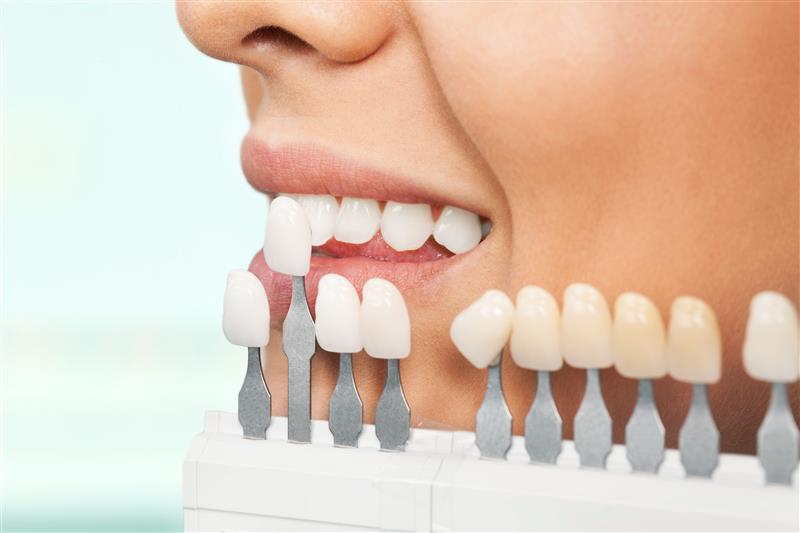
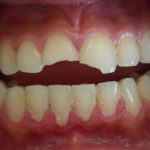


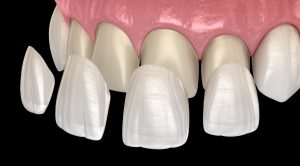
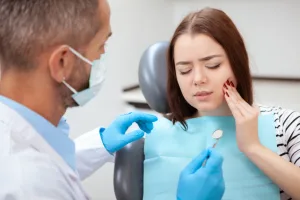
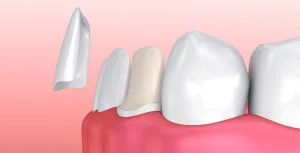
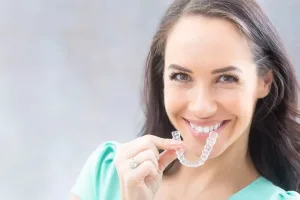

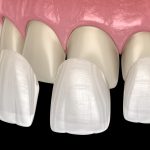
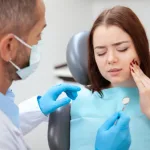
2 comments
Pingback:
Dental Veneers vs. Other Cosmetic TreatmentsPingback:
How Dental Veneers Are Changing Smile Trends